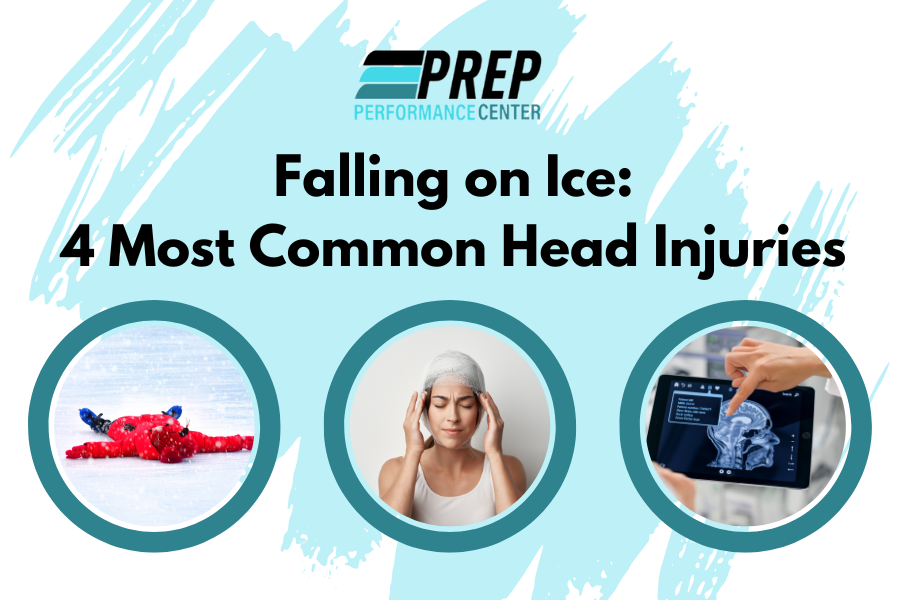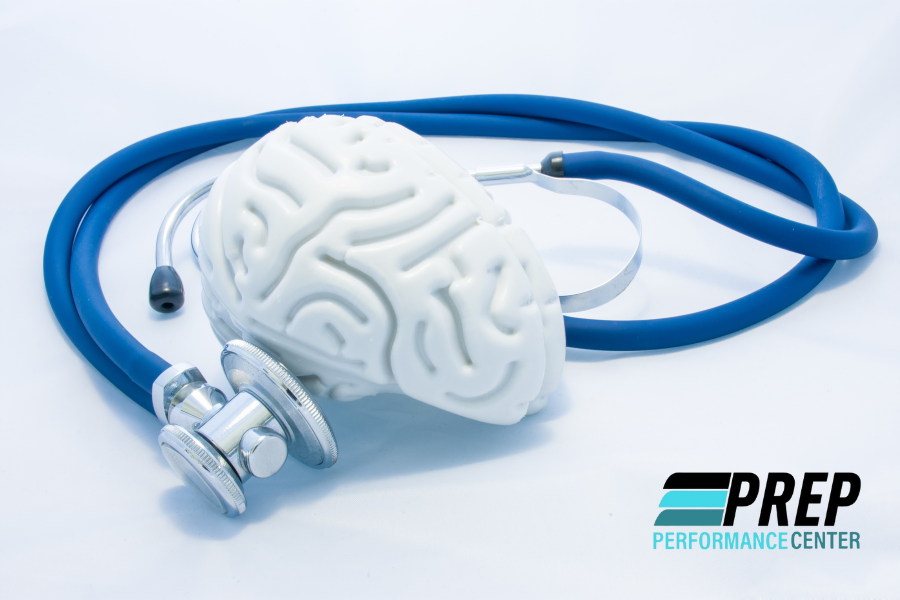Winter is here and the cold does not stop for anyone or anything! Due to extreme weather conditions, winter is …


Winter is here and the cold does not stop for anyone or anything! Due to extreme weather conditions, winter is …

What is a concussion? A concussion is a type of traumatic brain injury (TBI), meaning an injury to the head …